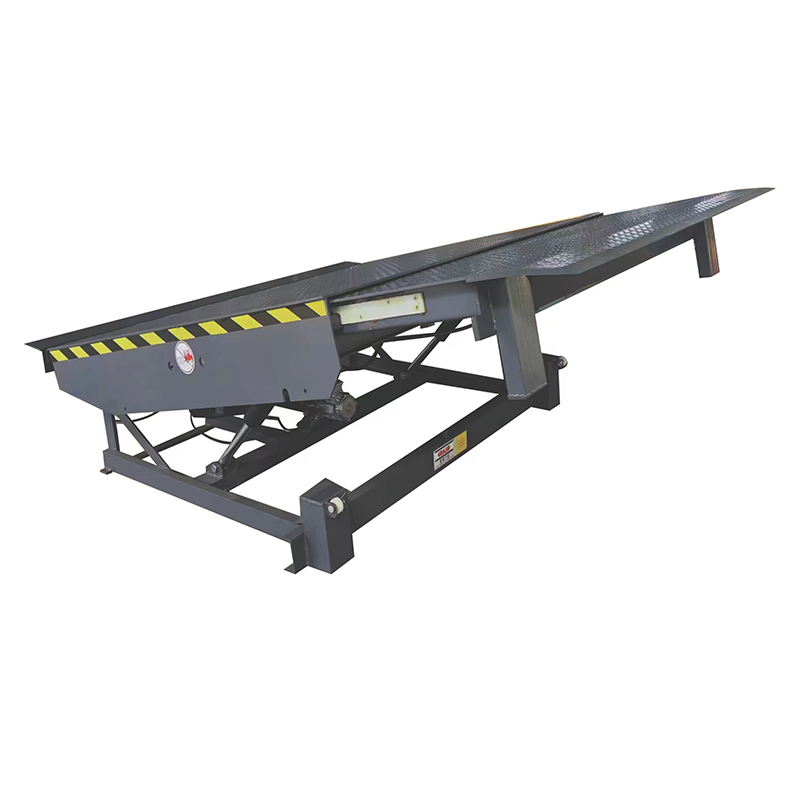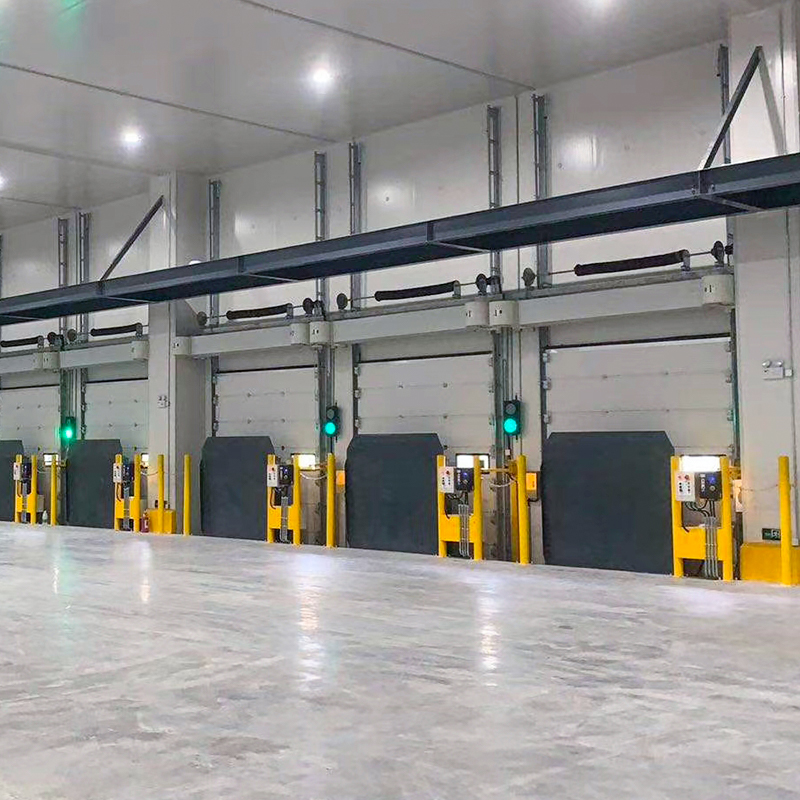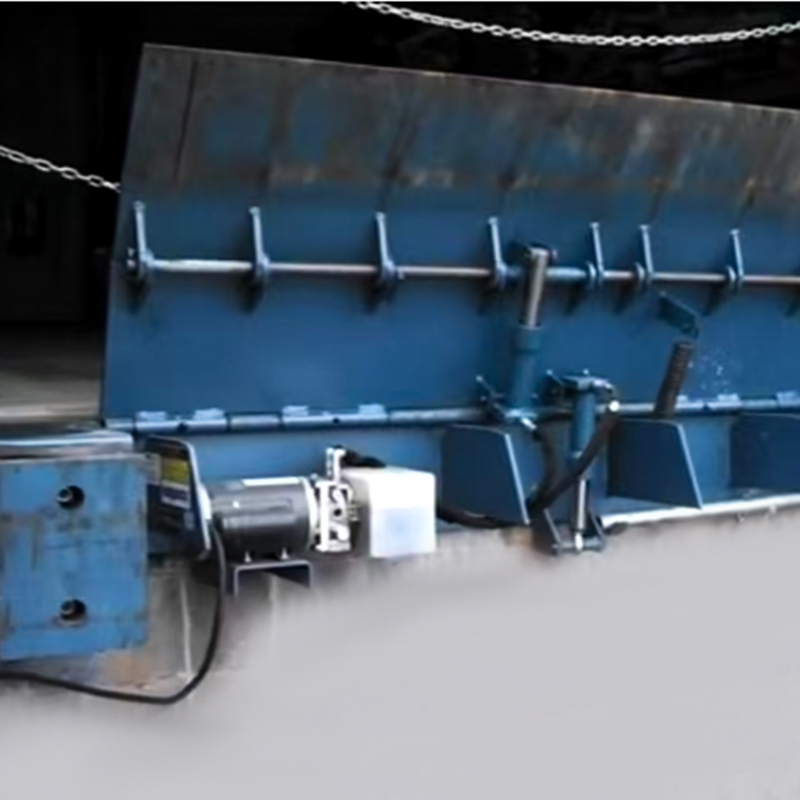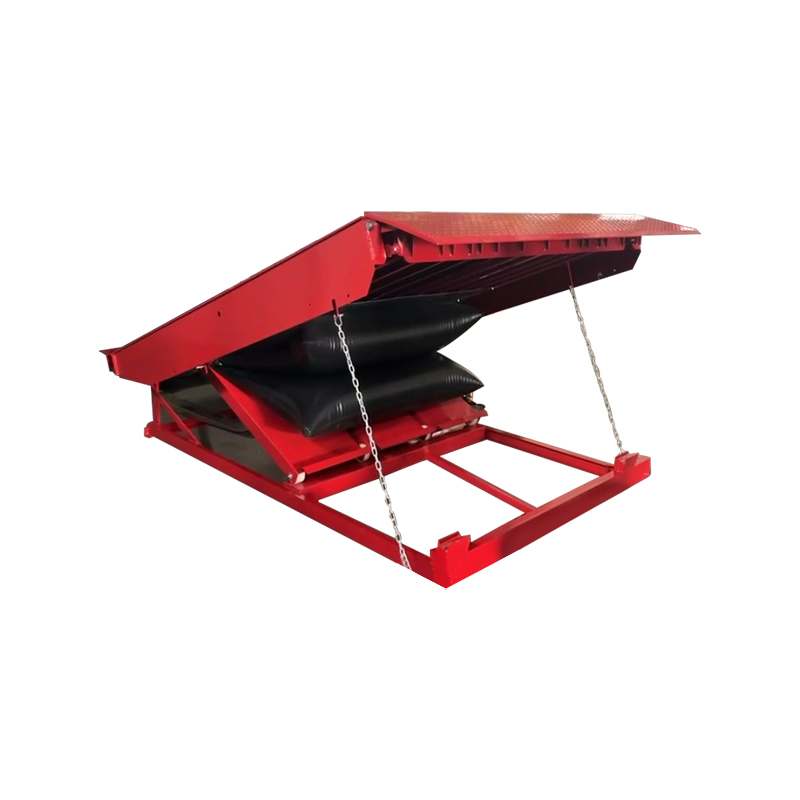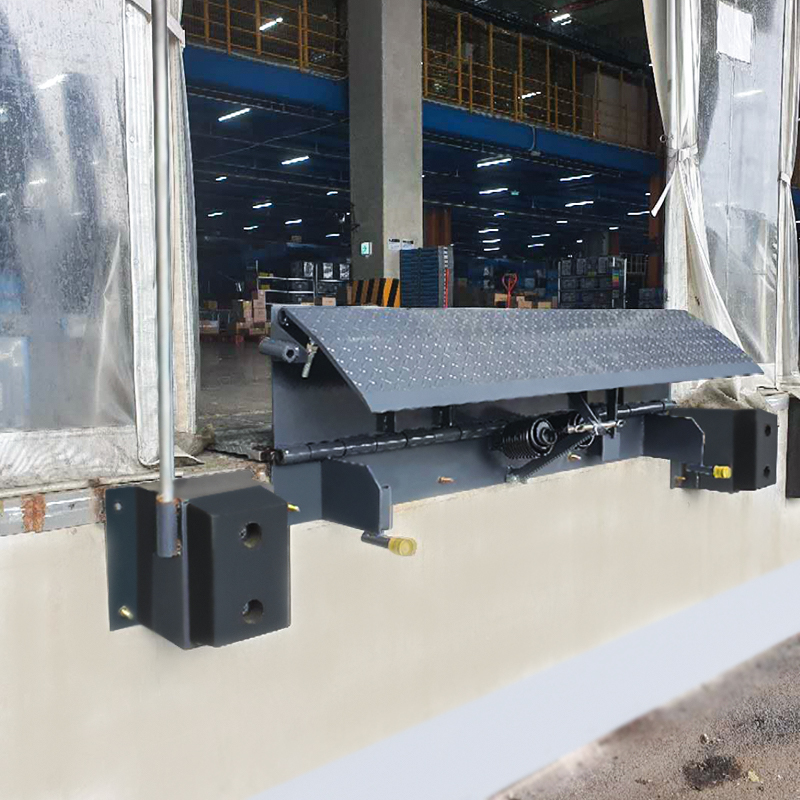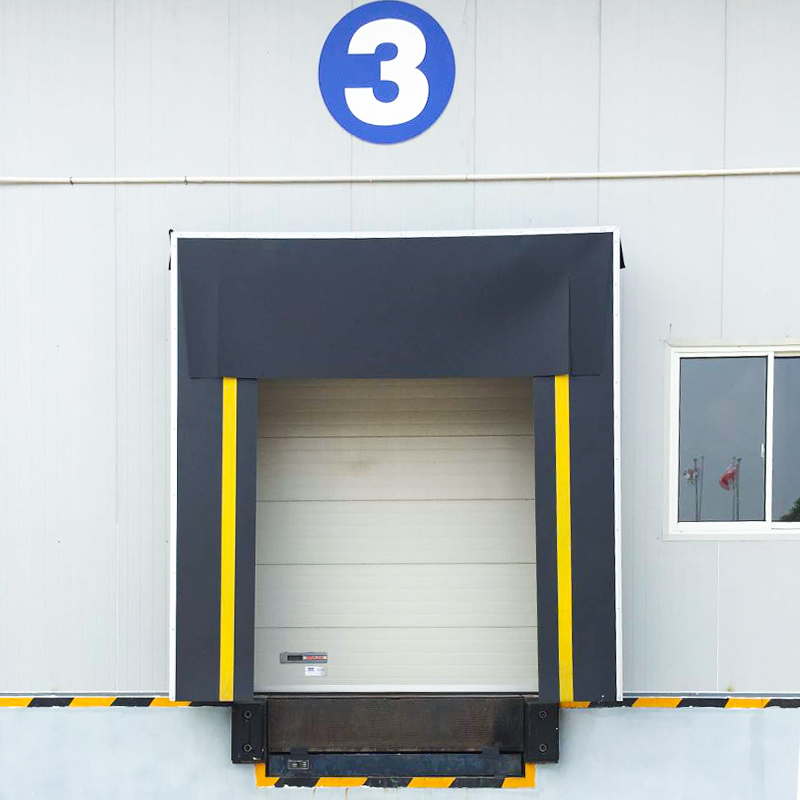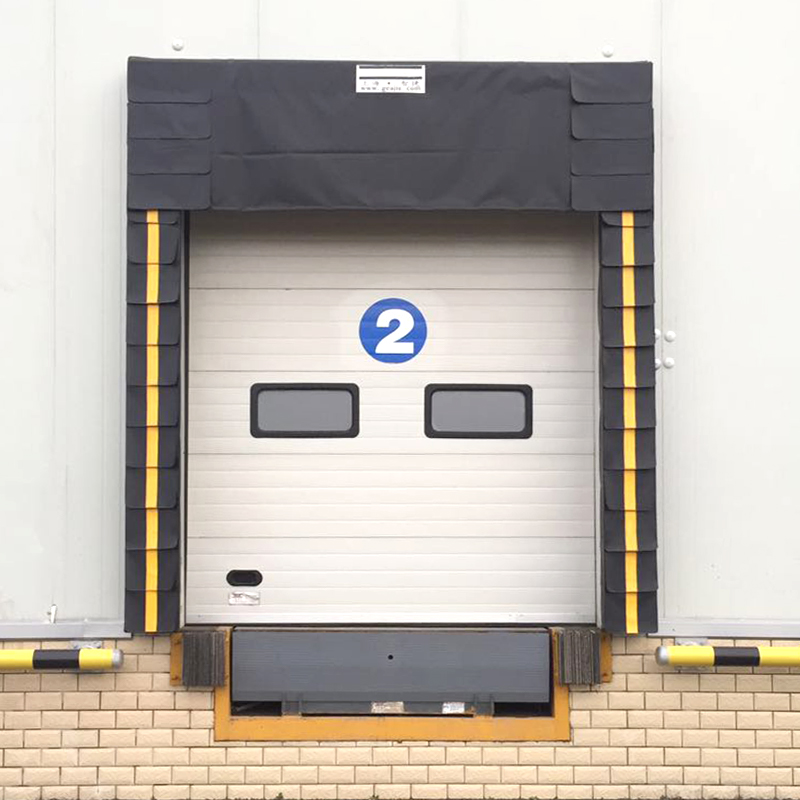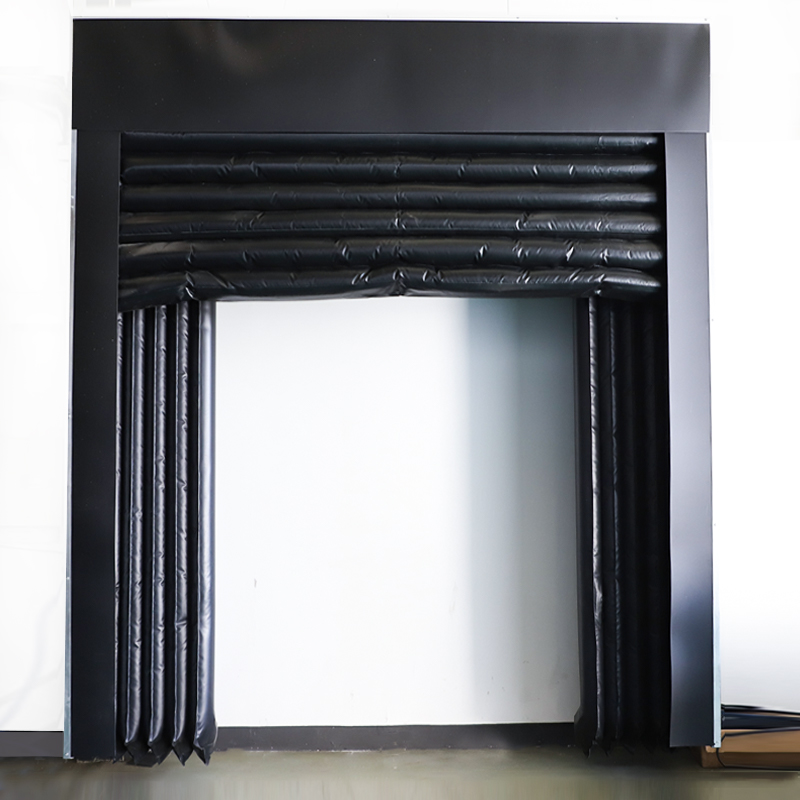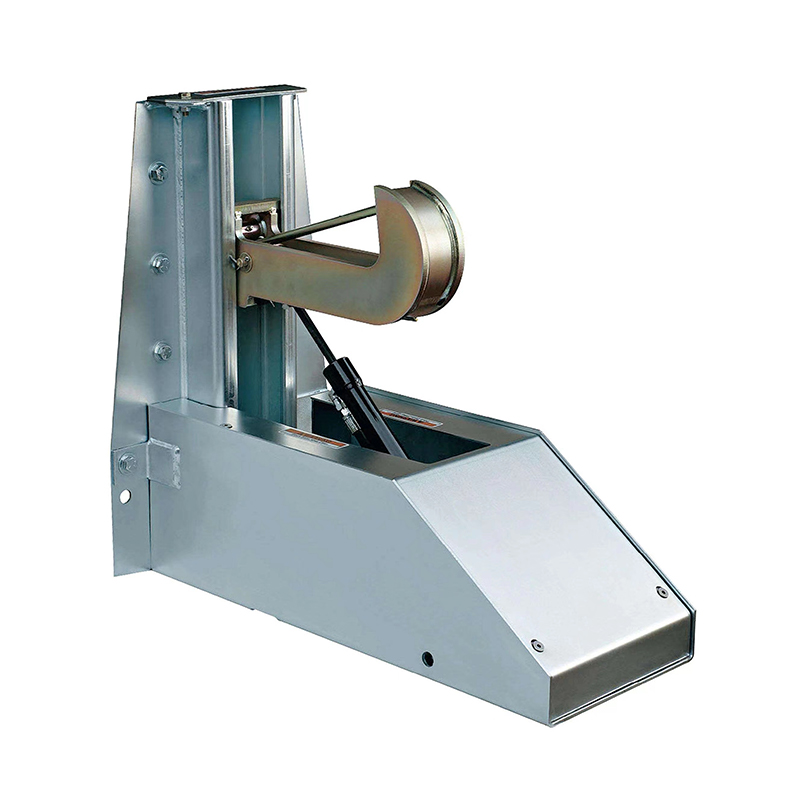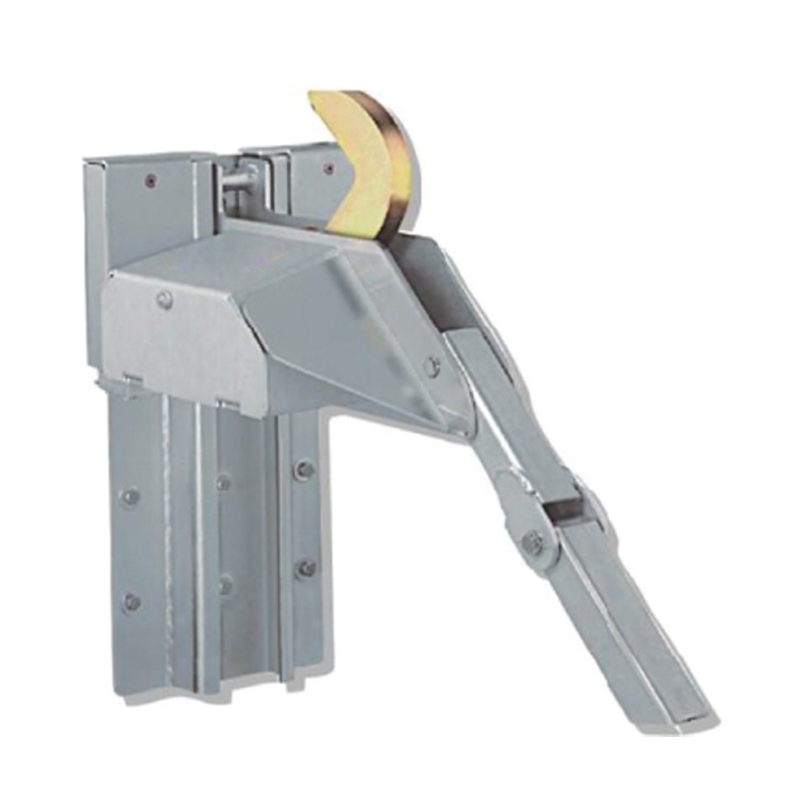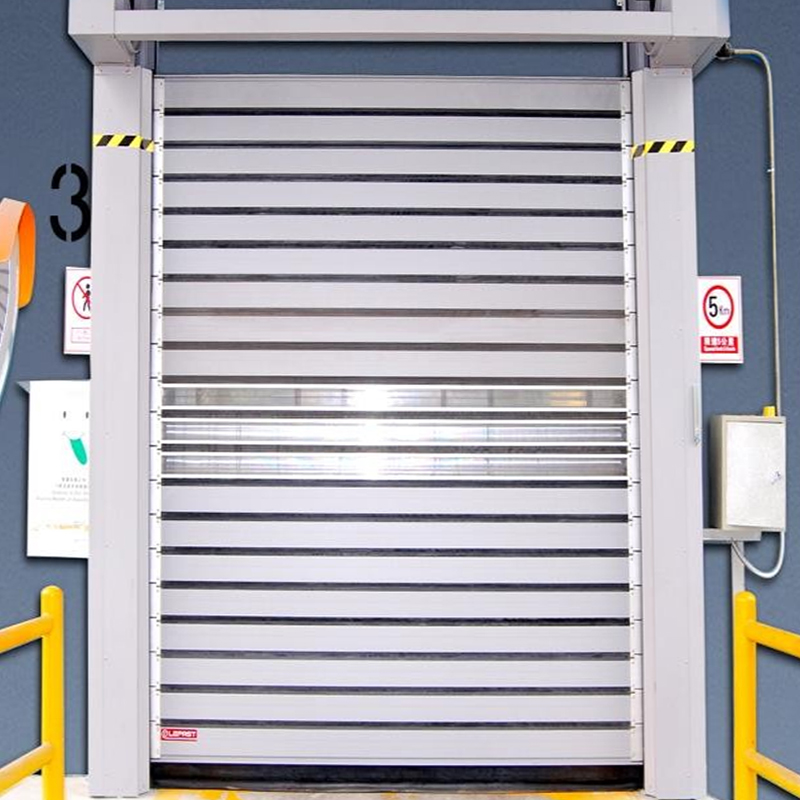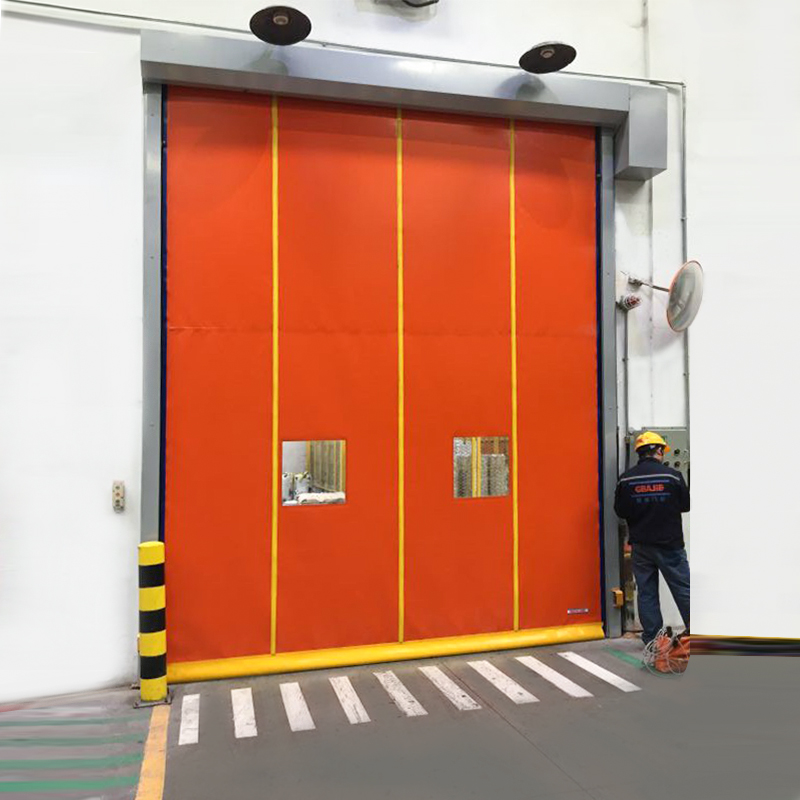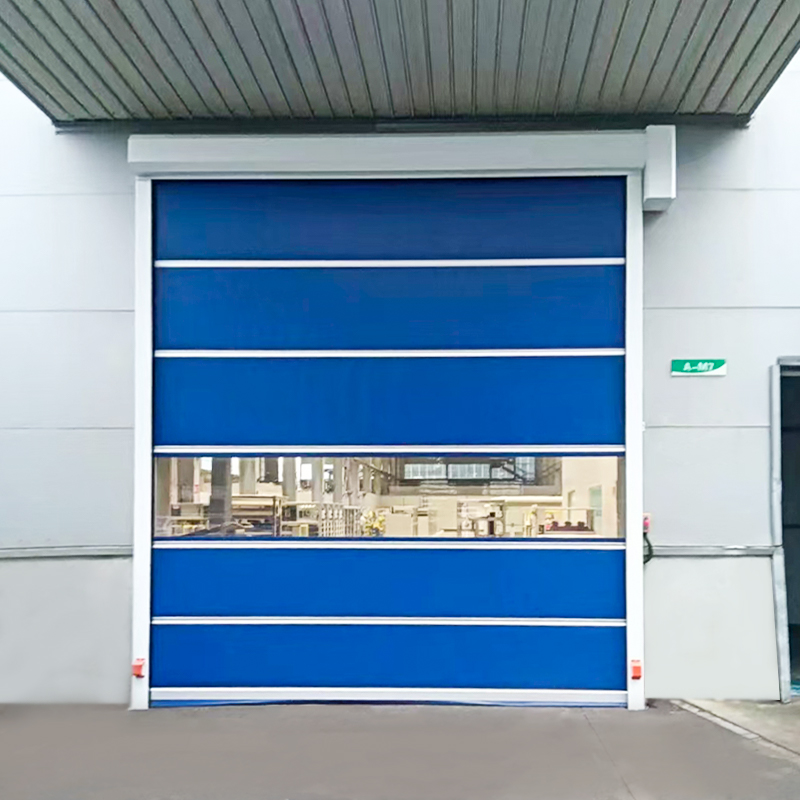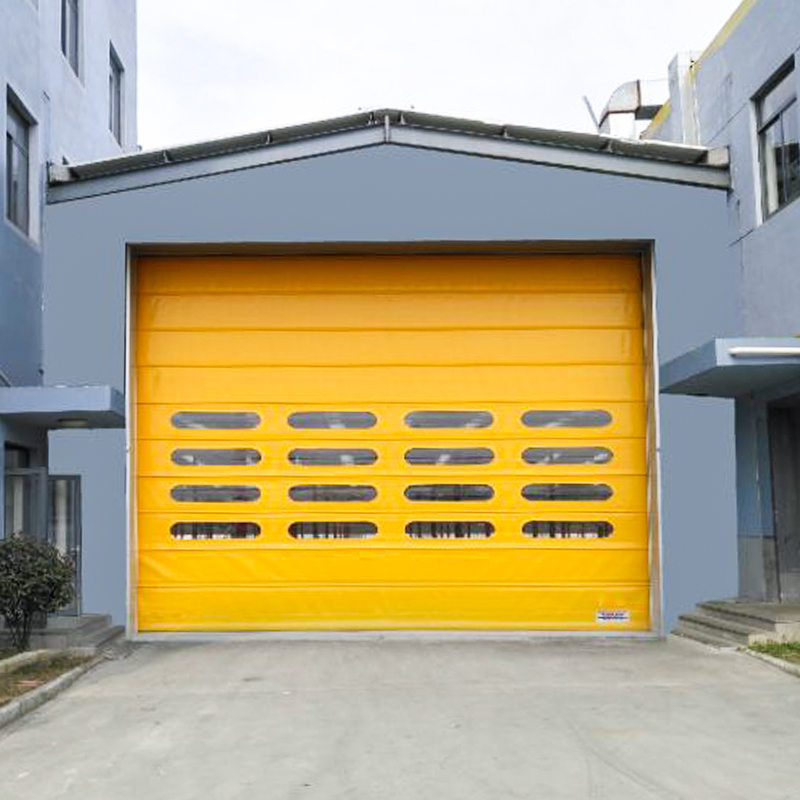Adjustable Height Range and Hydraulic Leveling Capability The MYR Mobile Yard Ramp incorporates a he...
The anti-crash feature in industrial fast doors relies on a sophisticated sensor system (e.g., infrared sensors, pressure sensors, or laser scanners) to detect potential obstructions in the door’s path. These sensors are capable of detecting objects or personnel with high precision, even in high-speed operations where the door moves rapidly. Once an obstruction is detected, the door’s control system immediately triggers a response to either halt the door's motion or reverse its direction. This prevents the door from causing any impact or damage to the obstruction or surrounding areas. The door's ability to react so quickly significantly lowers the likelihood of injury and ensures smooth, uninterrupted traffic flow through doorways.
In the event of a collision, the anti-crash replay mechanism allows the industrial fast door to automatically reverse direction and clear the obstruction without manual intervention. This function ensures that, in the case of an accidental impact, the door doesn’t remain stuck in a position where it could cause further harm or delay. The system typically records the location and nature of the impact to enable the door to reset itself quickly and return to normal operation. This self-repairing functionality minimizes the time workers need to spend waiting for the door to be repaired or reset, maintaining continuous workflow and reducing operational downtime. This reversion feature prevents workers from having to manually disengage the door or risk injury when trying to fix the issue.
The design of anti-crash replay doors is focused on durability, and these doors are engineered to withstand frequent high-speed openings and closings without deteriorating. Regular operation at high speeds can put stress on traditional doors, especially in environments with frequent vehicle or equipment passage. However, the anti-crash feature ensures that even if an impact occurs, the door will not suffer significant damage. This minimizes the likelihood of repetitive impacts causing structural damage or malfunction, which could lead to a door failing to open or close as required, thereby causing safety risks. By preventing wear and tear and keeping the door operational despite frequent impacts, the system ensures long-term safety and reliable performance.
Human error, particularly in fast-paced industrial environments, is a leading cause of accidents. The automation of critical functions within the anti-crash replay door reduces the need for human intervention, significantly lowering the chance of accidents resulting from operator mistakes. For example, the system automatically adjusts its movement speed, halts if an obstruction is detected, or reverses without manual intervention. This removes the human error factor in terms of forgetting to close or open the door, leaving it partially open, or causing misalignment during manual door operations. This self-operating mechanism ensures that the door remains operational, safe, and secure, enhancing the safety of all workers.
Some advanced anti-crash replay doors incorporate soft impact technology, which allows the door to absorb and cushion the force of impact when a collision occurs. This is particularly important when the door is moving at high speed, as the energy released during a crash can be substantial. Soft impact technology involves shock-absorbing components such as spring-loaded sections or flexible materials that reduce the severity of a collision. This allows the door to absorb much of the force of the impact without transferring it to the surrounding structure or objects. By mitigating the force of the impact, the door reduces the risk of injury to workers and prevents damage to both the door and any equipment or vehicles involved in the collision.

 English
English Español
Español Tiếng Việt
Tiếng Việt

